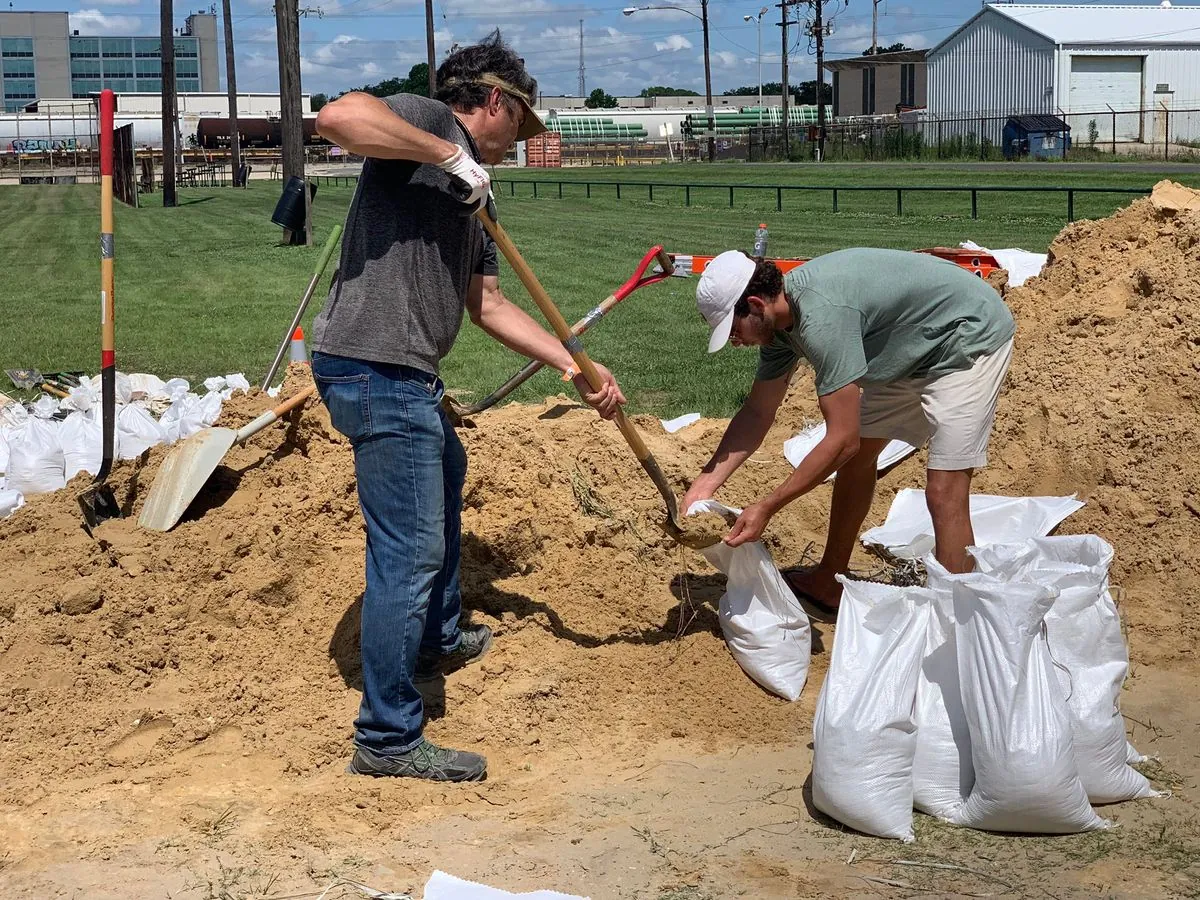Tropical Storm Francine Intensifies, Louisiana Braces for Hurricane Impact
Tropical Storm Francine strengthens in the Gulf of Mexico, expected to become a hurricane before hitting Louisiana. Officials issue warnings and urge residents to prepare for potential life-threatening flooding and strong winds.

As of September 10, 2024, Tropical Storm Francine is intensifying in the Gulf of Mexico, with forecasts predicting its transformation into a hurricane before making landfall in Louisiana. The National Hurricane Center has issued a storm surge warning for a significant portion of the Gulf Coast, spanning from east of Houston to the Mississippi River's mouth south of New Orleans.
Jeff Landry, Louisiana's governor, has called for residents to "not panic, but be prepared" and heed evacuation warnings. Meteorologists anticipate Francine's arrival in south Louisiana by Wednesday afternoon, potentially as a Category 2 hurricane with winds reaching 96 to 110 mph (155-175 kph).
The impending storm brings back memories of recent devastating hurricanes that have impacted the region. In 2020, Hurricanes Laura and Delta caused extensive damage to Lake Charles, followed by Hurricane Ida in 2021. The Gulf Coast's vulnerability to such storms is underscored by the fact that Louisiana's coastline is eroding at an alarming rate, losing approximately a football field of land every 100 minutes.
Storm surge poses a significant threat, with potential inundation levels reaching up to 10 feet (3 meters) in some areas. Michael Brennan, director of the hurricane center, emphasized the risk of "significantly dangerous, life-threatening inundation" and inland wind damage.

Preparations are underway across Louisiana. In Baton Rouge, the state capital since 1846, residents are queuing to fill gas tanks, stock up on supplies, and collect sandbags. Sharon Weston Broome, the Mayor-President of Baton Rouge, urged citizens to prepare for at least three days of self-sufficiency.
Coastal communities are taking precautions, with mandatory evacuations ordered in seven remote areas by the Cameron Parish Office of Homeland Security & Emergency Preparedness. This includes Holly Beach, often referred to as Louisiana's "Cajun Riviera." In Grand Isle, Louisiana's last inhabited barrier island, David Camardelle, the mayor, has recommended evacuation for residents and mandated it for those in recreational vehicles.
New Orleans, situated between the Mississippi River and Lake Pontchartrain, is also on high alert. LaToya Cantrell, the city's mayor, advised residents to prepare for sheltering in place, anticipating up to 6 inches (15 centimeters) of rain and potential tornado activity.
The approaching storm highlights the importance of Louisiana's coastal wetlands, which provide critical habitat for migratory birds and marine life while also serving as a natural buffer against storm surges. However, these ecosystems are under threat not only from hurricanes but also from human activities that contribute to the Gulf of Mexico Dead Zone, an area of low oxygen that can be detrimental to aquatic life.
As Francine approaches, it's crucial to remember that the Atlantic hurricane season, which officially runs from June 1 to November 30, is still in full swing. Residents and officials alike must remain vigilant and prepared for the potential impacts of this and future storms.
"We do not want people to wait to the last minute to get on the road and then run out of fuel. We put a lot of information throughout the summer, throughout hurricane season, so that people can be prepared. The more prepared we are, the easier it is for us."
The Gulf Coast region, home to about 44% of U.S. petroleum refining capacity, faces not only immediate dangers from the storm but also potential long-term economic impacts. As climate change continues to influence weather patterns, the frequency and intensity of such storms may increase, posing ongoing challenges for coastal communities and infrastructure.


































